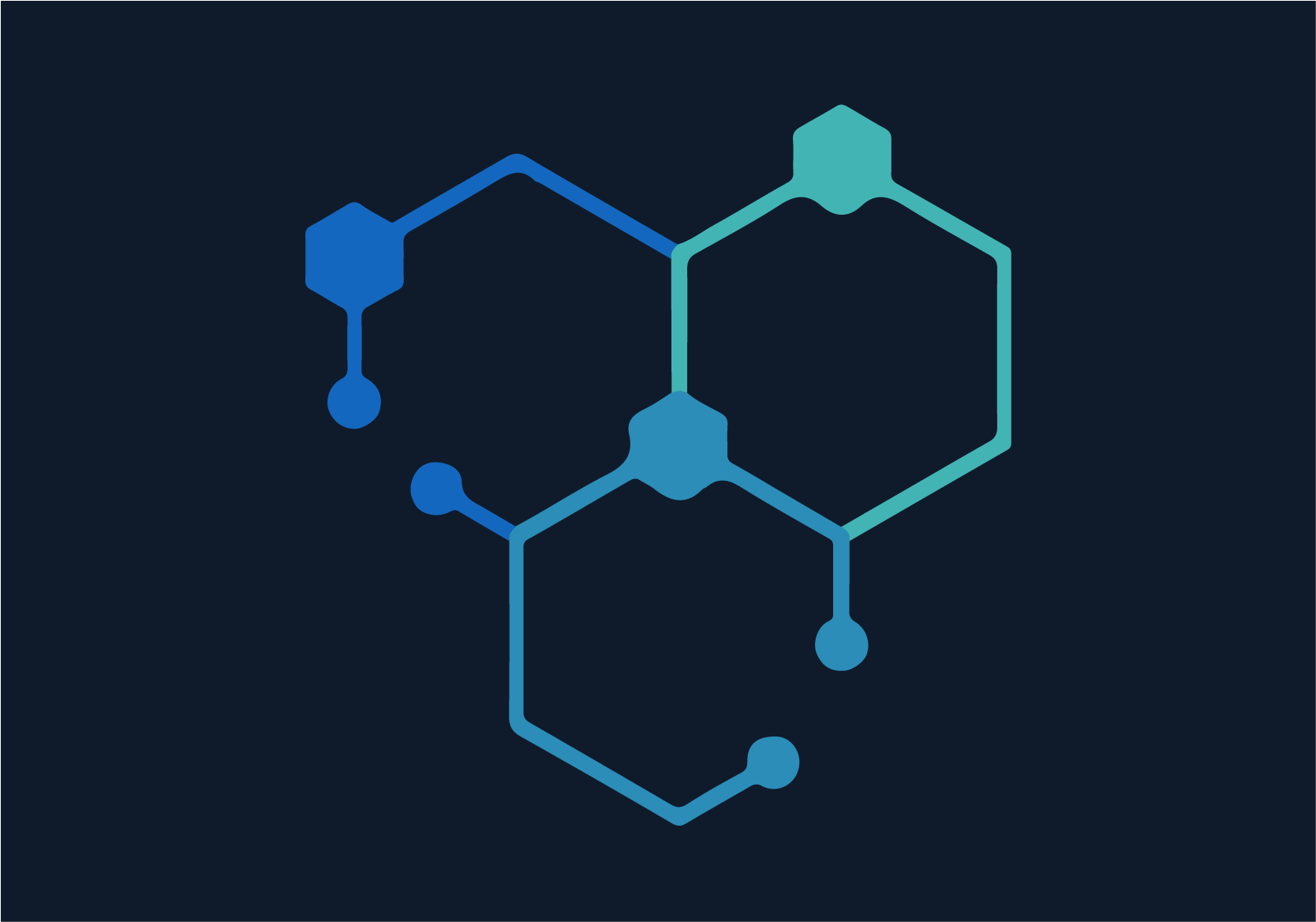Recently, POLARISqb has been in the news for the revolutionary work that
Just as the team was returning from some well-deserved time off
Just a few years ago, truly viable and useful quantum computing was
[vc_row][vc_column][vc_column_text]Everyone in computing is familiar with the idea of Moore's Law, that



